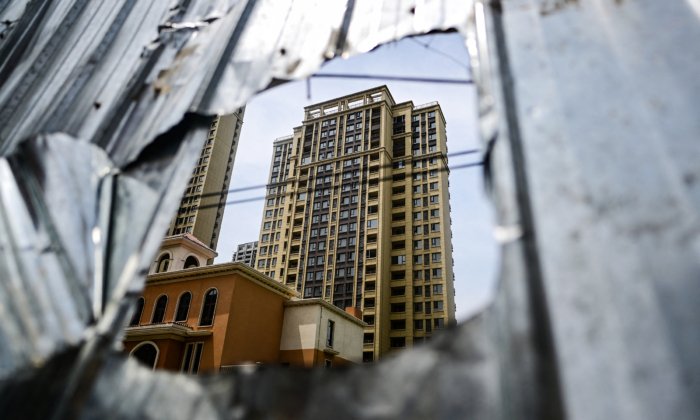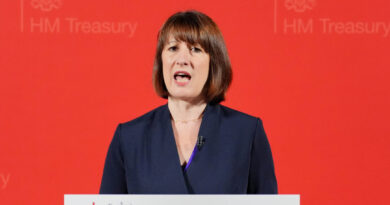Australian Treasury Warns of Potential $3 Billion Impact from Faltering Chinese Property Market
The sale value of new houses across 70 of China’s largest cities fell by almost 26 percent last month compared to 12 months ago, reducing the demand for iron ore.
A plummeting Chinese property market is dragging down the price of iron ore and putting the federal government at risk of an unforecast $3 billion (US$2 billion) budget hole.
The sale value of new houses across 70 of China’s largest cities fell by almost 26 percent last month compared to 12 months ago, reducing the demand for iron ore and thus pushing down the price below even the most conservative of Treasury estimates.
That will cause a problem for Labor Treasurer Jim Chalmers, who was already expecting to post a deficit of $28 billion for the 2024/25 financial year after benefitting from surpluses the last two years.
Iron ore is a critical component of steel making, and it is used to construct the high-rise apartments that are supposed to house China’s increasingly urbanised population.
Iron ore prices started the year at around $143 per tonne but have steadily slid ever since.
The Australian Treasury had forecast a decline in the iron ore price, predicting it would gradually settle at $60 per tonne by the first quarter of 2025. But it’s already hit $82, below the figure Treasury had anticipated.
If the $60 figure is reached by the end of next month—six months ahead of budget projections—Treasury has warned the government’s overall revenue will suffer a $3 billion hit.
Official data showed that property investment in China fell 10.1 percent in the first half of 2024 from a year earlier, and home sales by floor area declined 19 percent, according to Beijing’s National Bureau of Statistics.
Steel mills are maintaining low iron ore inventory and purchasing much less raw material, while at the same time, producers such as BHP and Brazilian miner Vale SA are announcing record production volumes, leading to a market glut.
Efforts to Prop Up Sector Failing
Despite Beijing’s efforts to prop up the sector—including a US$42 billion lending program to reduce the housing backlog—uptake has been slow.
By the end of June, just 4 percent of the allocated funds had been used, with banks reluctant to lend to state-owned companies.
With iron ore prices falling faster than even the gloomiest Treasury expectations, Labor faces the prospect of less revenue and a more significant deficit as it heads into an election in 2025.
In a statement, Chalmers described the risk as “another reminder that we are not immune from volatility and uncertainty in the global market. This is exactly why we take such a cautious and conservative approach to the Treasury’s resource prices and revenue forecasts.
“We’re following these developments very closely because of their potential impact on our economy and our budget.”
Falling ore prices are also causing concern at the Reserve Bank.
Governor Michele Bullock told the House of Representatives Economics Committee on Aug. 16 that a further downturn in the Chinese economy could lead to another reduction in the iron ore price and Australia’s GDP growth.
“Developments in China can have quite a big impact on the way our trade develops, and therefore on our growth,” Bullock said.





